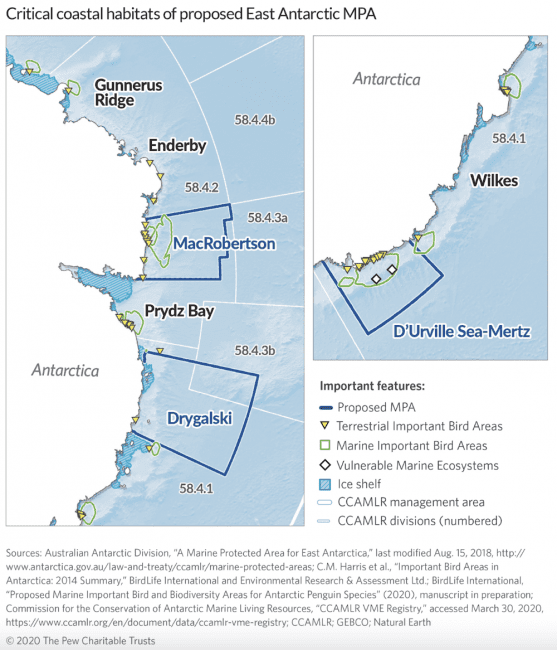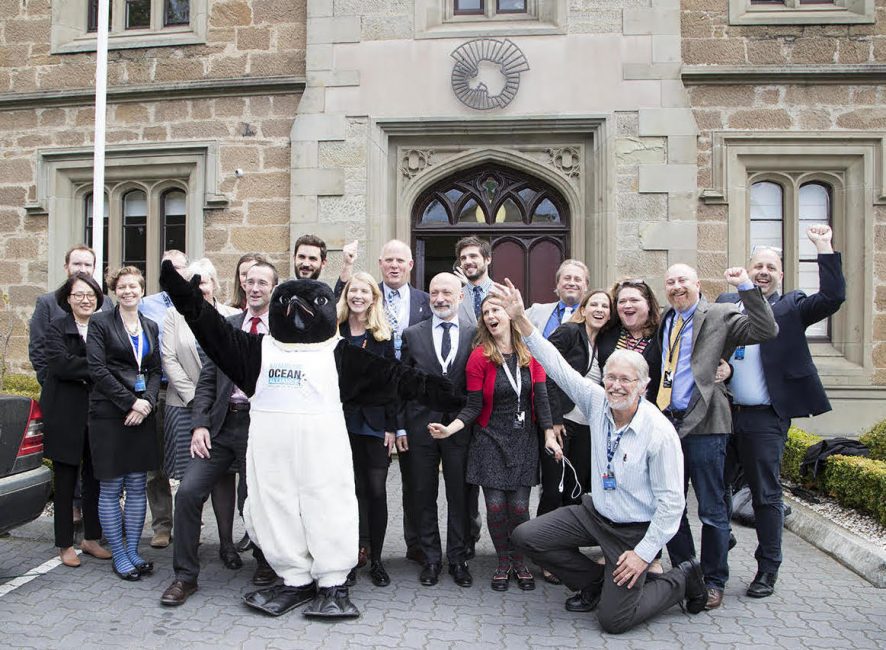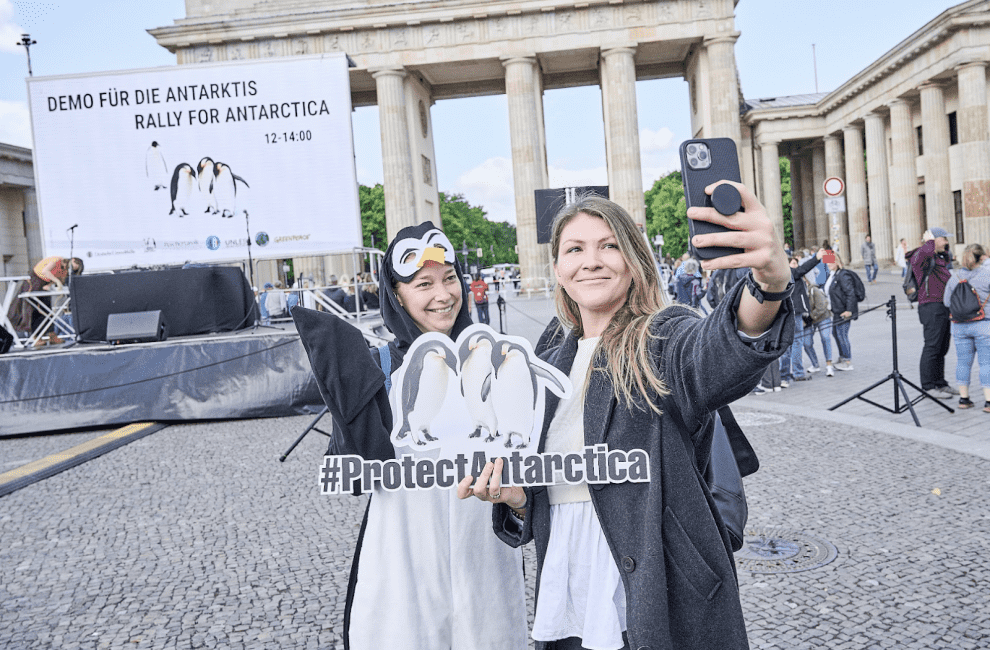East Antarctic MPA
East Antarctica is home to an abundance of life. Today, changes caused by the climate crisis threaten to disturb delicate polar ecosystems. Join us as we work to secure a vibrant future for this remarkable sector of the Southern Ocean.
Welcome to East Antarctica
EAST ANTARCTIC MPA
East Antarctica lies directly south of the Indian Ocean. This deep polar wilderness is the most remote part of Antarctica, home to the coldest temperatures on earth, the strongest winds and the South Pole itself.
Despite these seemingly forbidding conditions, life has managed to gain a foothold on the edge of this icy continent, and parts of the East Antarctic coastline are teeming with life. Antarctic seals breed and molt on ice and land, foraging for food in nearby coastal waters. An abundance of seabirds nests on offshore islands, including the Antarctic petrel, snow petrel, and Adélie and emperor penguins. In the ice-speckled seas off the coast, whales feed on generous blooms of Antarctic krill.

What’s happening?
EAST ANTARCTIC MPA
These finely balanced ecosystems are in need of urgent protection due to warming ocean temperatures and increased ocean acidity.
The East Antarctic MPA was first proposed in 2012 by Australia and the European Union. Since then India, New Zealand, Norway, the Republic of Korea, Ukraine, the United Kingdom, the United States of America and Uruguay have joined as co-sponsors of the proposal.
The original proposal covered 700,000 square miles (1.8 million square kilometers) of near-pristine Southern Ocean habitats, representing a range of Antarctic ecosystems and processes. Today, the proposed area has been almost halved in response to concerns from some CCAMLR Member nations about potential economic and political implications.
If adopted, the current proposed marine protected area will safeguard an essential 375,000 square miles (970,000 square kilometers) of marine wilderness south of the Indian Ocean.

What is protected?
EAST ANTARCTIC MPA
The coastal and offshore areas within the proposed MPA support a range of healthy, diverse polar ecosystems, including several recognized Important Bird Areas. They span known foraging grounds for seals and penguins, which breed and molt on Antarctic ice and land and rely on nearby food sources. Beneath the surface, unique habitats including cold-water reefs, seamounts and vulnerable seafloor areas support unique living communities in the frigid, oxygen-rich water. Seasonal sea ice and the underside of ice shelves also provide vital shelter and habitats for Antarctic species.
“In the 10 years since the East Antarctic MPA was proposed, we’ve watched the impacts of climate change in real time . . . CCAMLR must act as steward of the Southern Ocean—and fulfill its commitment to establish a circumpolar network of MPAs.”
Andrea Kavanagh
Director of Antarctic and Southern Ocean work at The Pew Charitable Trusts
What is permitted in the MPA?
EAST ANTARCTIC MPA
The proposed East Antarctic MPA divides the protected area into several zones. There are Highly Protected Areas, where toothfish and krill fisheries are prohibited. There are also designated Research Zones, where fishing is allowed for research but not commercial purposes.
Limited fishing of other types may be permitted outside these areas of special protection, subject to CCAMLR approval. Any fishing within the MPA must be in accordance not only with CCAMLR conservation measures, but also the specific objectives of the MPA.
Dumping and discharge of shipping or other human waste is not permitted anywhere in the MPA.
Now is the time
EAST ANTARCTIC MPA
The evidence is clear. Marine protected areas are scientifically proven to be the most effective way to limit the damaging impacts of human activities and support a vibrant, healthy ocean.
ASOC strongly believes that CCAMLR, the international body charged with designating MPAs, has failed to act decisively for too long.
What ASOC is doing
EAST ANTARCTIC MPA
We work for Antarctic marine protection by:
Representing the Antarctic conservation community at the highest levels of Antarctic governance.
Presenting timely, science-based policy proposals at CCAMLR meetings to support decision-making based on the best available science.
Advocating for policies that reduce the stress on Antarctic ecosystems from human activities such as fishing, tourism, and scientific research.
Raising the profile of Antarctic conservation issues, ensuring that they remain on the agenda across international governance systems.
What you can do
EAST ANTARCTIC MPA
Now is the time to call on CCAMLR to make good on its commitment to establish a network of Antarctic marine protected areas. Join us as we help secure a resilient future for Antarctica and the global ocean today.
 ASOC
ASOC




